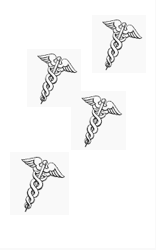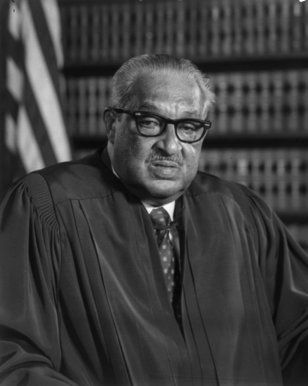

BY NIRBAN SINGH AND AMY HELBURN
Introduction
Medicare Advantage (Advantage), originally conceived in 1997 during the Clinton Administration as ‘Medicare + Choice’, has progressively grown and become an established health insurance option for those 65 and older. According to data collected and aggregated by the Kaiser Family Foundation, Advantage has more than doubled in total enrollment between 2010 and 2021. In 2021 alone, 26 million people were enrolled in Medicare Advantage, which is over 40% of the total Medicare beneficiary population. In 2021, 85% of Medicare Advantage growth was concentrated among for-profit health plans, with UnitedHealthCare, Centene, and Humana leading the way.
Overall, the Medicare Advantage market is dominated by UnitedHealthCare, Humana, and CVS Health/Aetna, with this trio responsible for over half of all Advantage beneficiaries.As of October 2020, about 80% of Advantage enrollees directly purchased individual policies, while employer-sponsored Advantage enrollment has been steadily growing, comprising 18.1% of the Advantage market overall in 2020. Analysis from The Chartis Group indicates that half of all Medicare beneficiaries will be enrolled in Advantage plans by 2025, so the trio of existing leaders in providing Advantage plans may continue to innovate and profit immensely while new market entrants may grow their footprint rapidly, in response to growing demand.
Continue reading…














